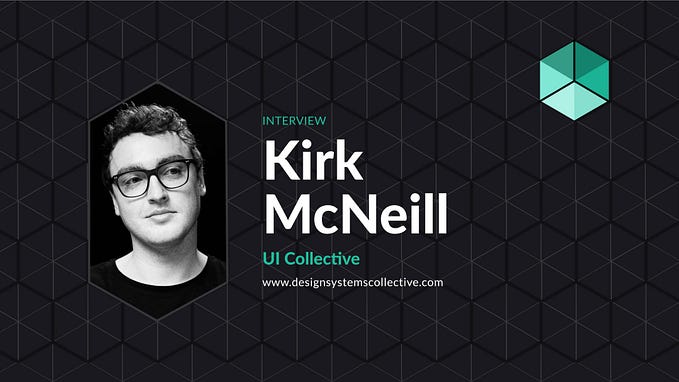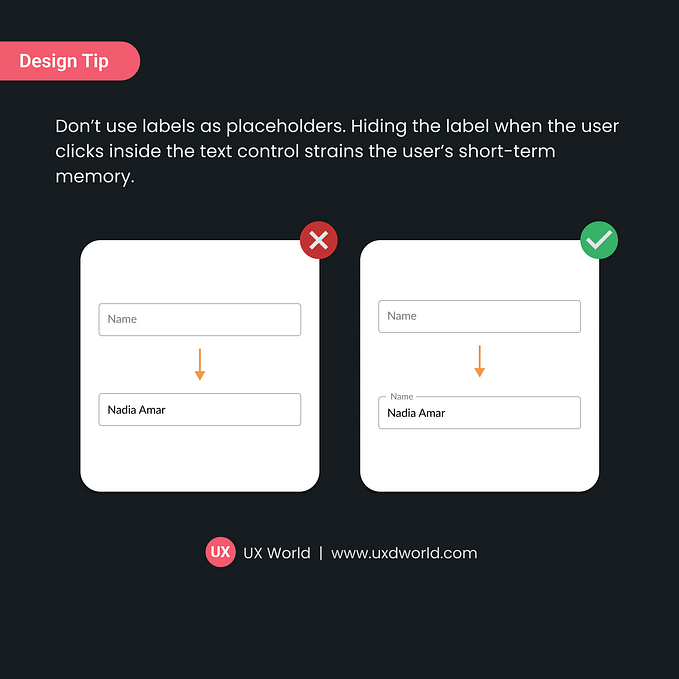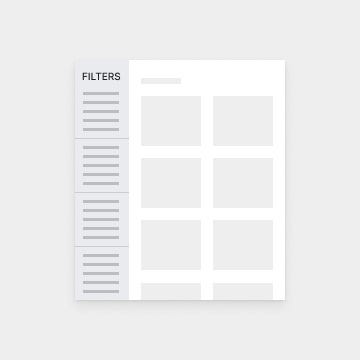Member-only story
Can icons harm usability and when should you use them?
Iconography can be one of the biggest design elements that help make a brand recognisable. So, should you be using icons? Not necessarily… The better question here would be, when should you be using icons?
(Non Medium members can read this article for free here)

What do you mean by the word ‘icon’?
An icon is a symbol, and comes to us from the Greek word eikenai, meaning “to seem or to be like”. It can be literal, like the little trashcan on your computer screen, or metaphorical — as in a well known person linked to an idea, for example the Rolling Stones could be described as music icons.

In this case, I’m refer to an icon in its literal sense, as a small graphical element used to represent something.
UX Myths
“Build your product based on evidence, not false beliefs”
The above tag line reads across the menu of a website called UX Myths. They list thirty-four UX myths about design. Lucky number thirteen, is the myth entitled “Icons can enhance usability” .
Here’s a quick summary:
Many researchers have shown that icons are hard to memorize and are often highly inefficient. In most projects, icons are very difficult to get right and need a lot of testing. For abstract things, icons rarely work well.
Research findings and articles presented:
- UIE conducted two experiments to test how people use icons. First they changed the pictures of icons in a toolbar but kept them in the same location. People quickly adapted to this change. Afterwards, they kept the images but shuffled their location in the toolbar. This change confused the participants and caused problems for them.
- Michael Zuschlag says that “icons contrary to intuition, do not necessarily help the user find a menu item…









